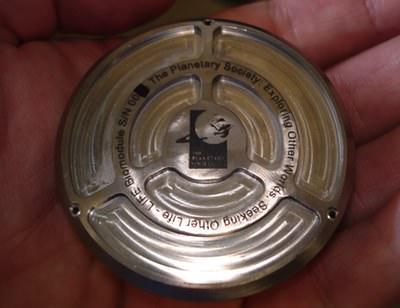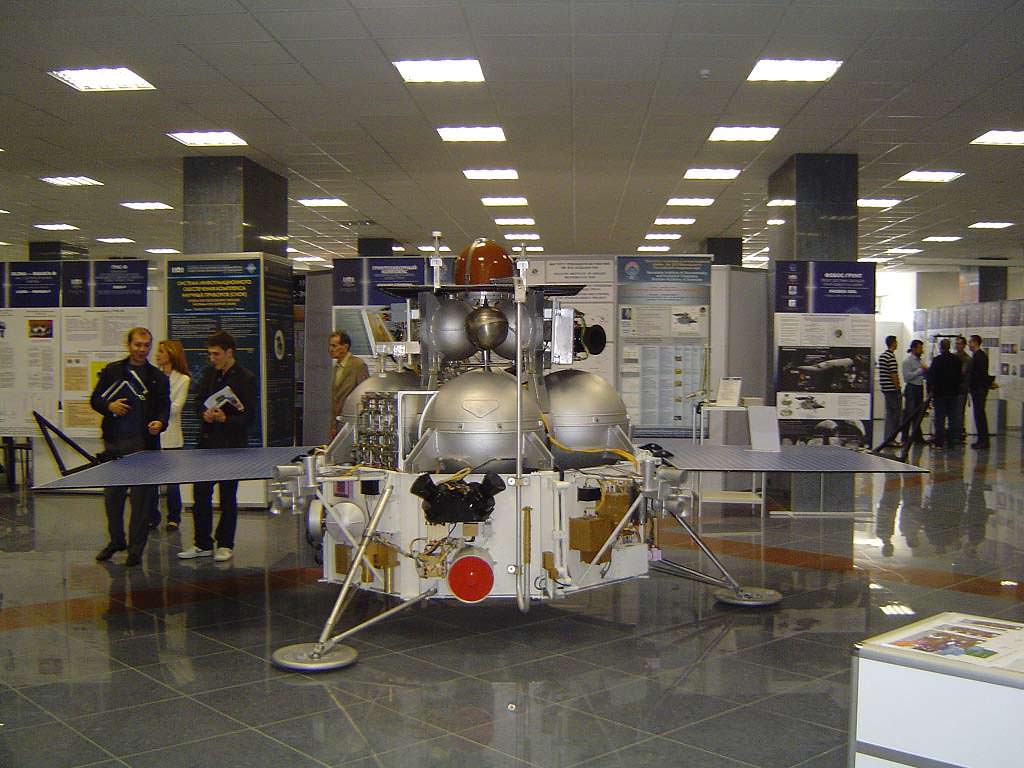[/caption]
Editor’s note: Dr. David Warmflash, principal science lead for the US team from the LIFE experiment on board the Phobos-Grunt spacecraft, provides an update for Universe Today on the likelihood of saving the mission.
The Phobos-Grunt probe is still stuck in orbit around Earth. However, periodically the spacecraft experiences a mysterious slight boost in its orbit. Following the first episode where this occurred, commentators speculated as to the cause. The activation of the spacecraft’s thrusters – the small engines that are designed to steer the craft and make small adjustments — was an obvious answer.
Is spacecraft trying to save itself?
The spacecraft is not responding to any communications, and engineers at the Russian Space Agency Roscosmos have decided that the craft had reverted to a safe mode after the engine of the Fregat rocket stage that was to propel her from a low to a higher orbit around Earth failed to ignite. While in safe mode, the craft had oriented herself to the Sun, using the thrusters to adjust her roll, pitch, and yaw. But to change the parameters of the orbit, she’d need to accelerate, so there was speculation that the needed thrust had come from leaks and venting of gases in a direction favorable to increased orbital stability.
After a second episode during which the altitude increased again, according to Ria Novosti editor-columnist of the journal “News of Cosmonautics” Igor Lisov has reported that a source in the space industry had explained that the probe “Corrects her orbit” every now and then.
Corrects her orbit? Does this mean that the probe knows where she is?
Probably not.
With information coming from Roscosmos being so scarce, reporting on the mission that began was launched on November 9, 2011 has depended on a few official statements from the agency, augmented by speculation from various space experts. Being in safe mode, Grunt simply is waiting for instructions –instructions that controllers are having difficulty delivering, because initial communication was not supposed to take place with the probe at such a low orbit.
If Grunt’s safe mode includes a program that fires thrusters every so often to keep the craft from entering the atmosphere in the event of a malfunction just after reaching low Earth orbit, no statements from Roscosmos have mentioned it, thus far. Whatever the reason, if it continues to occur, we can expect that the predicted date of atmospheric entry will be moved back again, just as it was moved from late December/early November to mid-January after the first orbital correction episode.

What might this mean for the mission? First of all, perhaps it could buy more time for controllers to establish communication –although Roscosmos has stated that December is the limit for correcting the problem, despite the fact that the probe will be in space at least until mid January. The second thing it could do would be to keep the Planetary Society’s LIFE experiment in space a little longer, which would have benefits only if the Grunt return capsule containing the LIFE biomodule separates from the rest of the craft and makes the reentry and landing that it was designed to do at the end of the flight. This possibility and the potential scientific value is discussed in my previous update, Might the LIFE Experiment be Recovered?
As for the question of why a craft that merely is supposed to find the Sun while in safe mode fires thrusters in a direction that improves the orbit, perhaps it is just good luck, or perhaps it really is part of the safe mode. Until Roscosmos provides more information of what may have caused this, the reason for the orbital correction remains a mystery.


